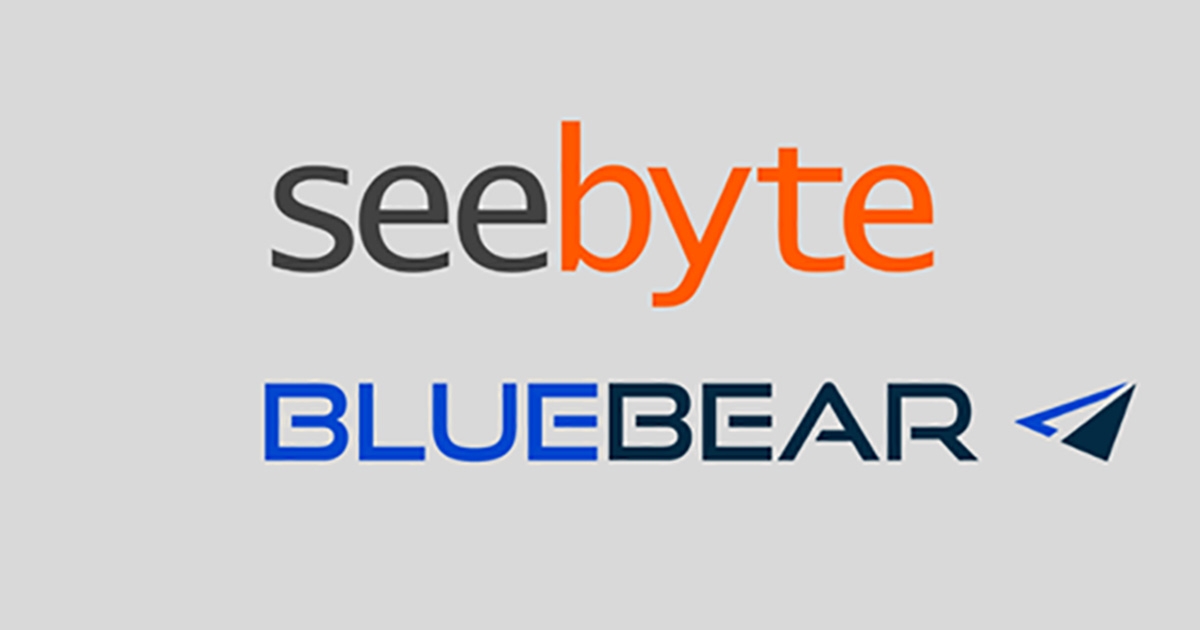Collaboration to Research and Develop a Secure Architecture for Mixed Multi-Domain Swarms of Robotic Autonomous Systems

SeeByte, in partnership with Blue Bear, have been awarded a contract by Defence Science and Technology laboratory (Dstl) under the Progeny Maritime Research Framework to research and develop a secure architecture for Mixed Multi-Domain Swarms (MMDS) of Robotic Autonomous Systems (RAS).
The collaborative task forms part of Dstl Maritime Autonomous Systems (MAS) program which aims to ensure the Royal Navy can securely operate swarms of mixed multi-domain UxVs. Phase 1 of this work will define the MMDS architecture that enables RAS systems to collaborate in swarms of mixed multi-domain vehicles and deliver the mission vignettes. This work employs secure-by-design practises from the outset to ensure the architecture can be implemented within known and manageable levels of cyber risk agreed with the authority.
SeeByte is leading the partnership bringing its knowledge of Maritime Autonomy in Surface and Sub Surface domains and Blue Bear is bringing their knowledge of the Air domain and Air Assurance. Both UK companies are at the forefront of innovation and technology, bringing together an unprecedented level of subject matter expertise in multi-domain swarming autonomy. Phase 1 is a 12-month research program. Potential follow-on phases will seek to implement, test, and evaluate the MMDS architecture.
Scott Reed, CTO at SeeByte said: “We are immensely proud to be supporting Dstl and the wider UK MoD in the first phase of this exciting project, as we work together with Blue Bear to address some of the most pressing Defence challenges in delivering secure distributed autonomy at scale and mass.”
About the Progeny Maritime Research Framework
The Progeny maritime research framework was launched by the Defence science and technology laboratory (Dstl) to create a community of science and technology suppliers to support current and future maritime research projects. It is supporting science and technology research for current in-service capability and the next generation of maritime technology. Examples of research areas it is addressing include unmanned systems, future submarine platforms and underwater communications and networking.

